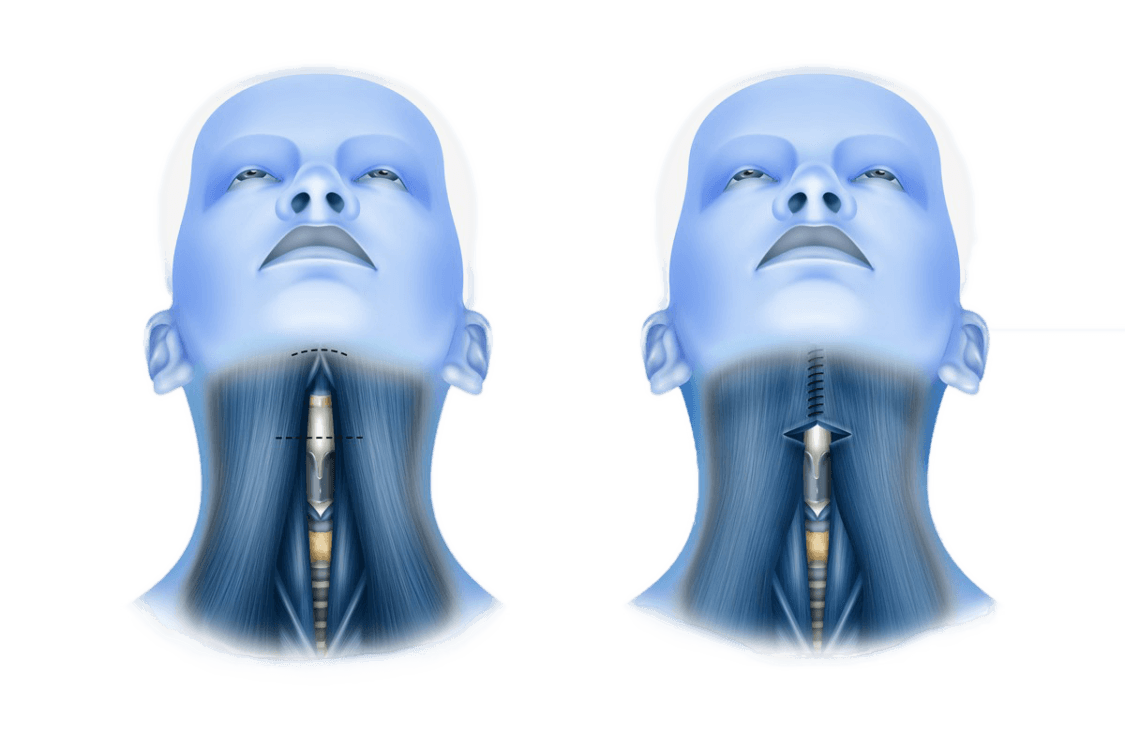The facelift is an cosmetic intervention whose main purpose is to combat facial aging. To remove wrinkles and blemishes on the face and neck, the skin is tightened using minimally invasive surgery. It is an aesthetic procedure that is performed under general anesthesia without hospital admission.
The facelift is one of the best cosmetic procedures to end the global aging of the patient's skin, although some areas of the face need other complementary interventions apart from the lifting, especially to eliminate some wrinkles, spots or smaller imperfections. The ideal treatment for each patient is decided by the specialist in facial aesthetics on the first day of the visit.
Thus, the facelift is performed to:
- Eliminate the deepest wrinkles from the entire face and neck.
- Eliminate the furrows and folds of the lips, chin, forehead and neck.
- Soften the well-known "crow's feet". These wrinkles tend to be quite fine and to eliminate them completely it is necessary to complement the lifting with some other aesthetic treatment such as Botox.
- Eliminate deep wrinkles around the eyelids.















